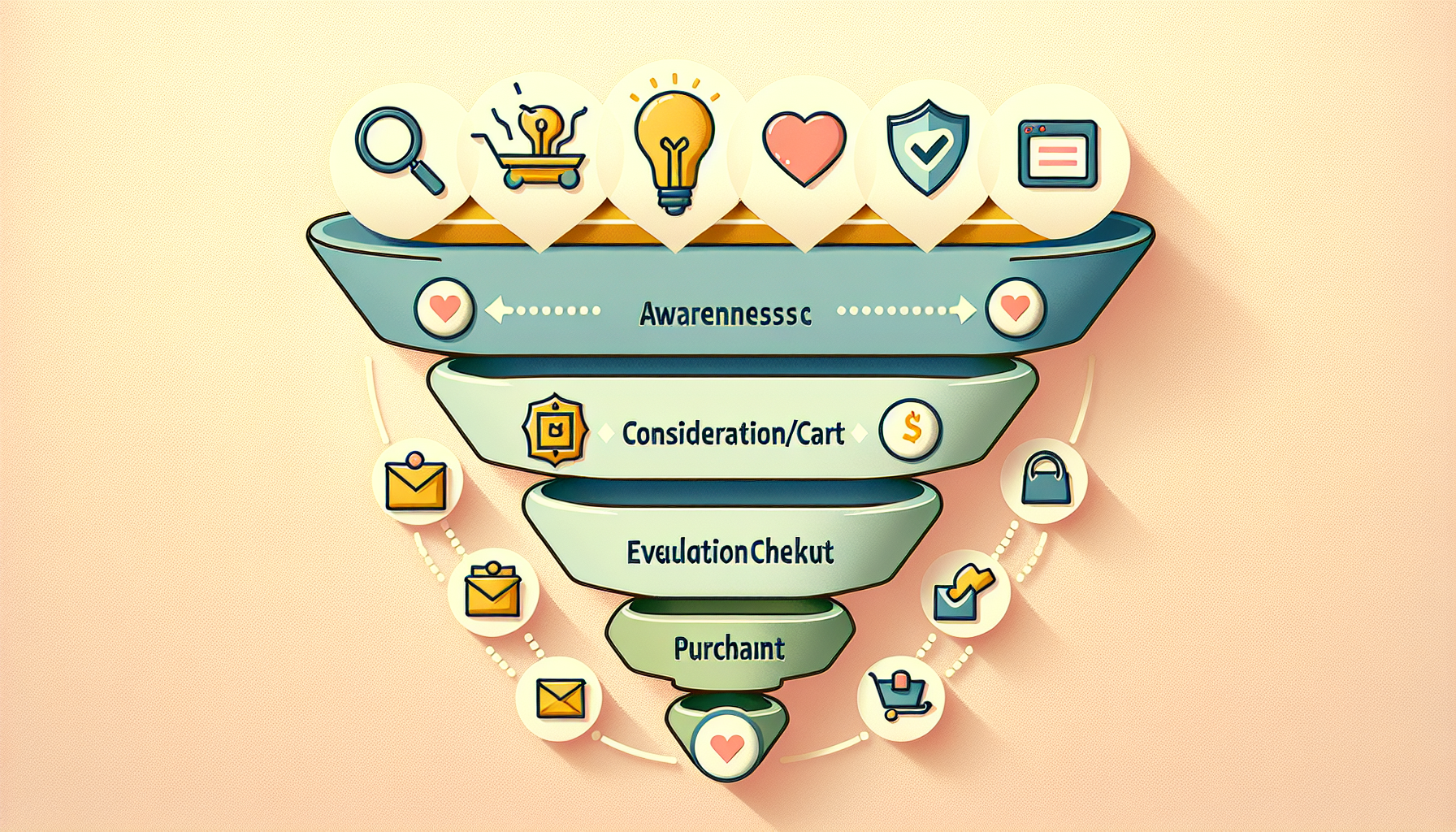Handling customer complaints effectively can transform a negative experience into a positive one, potentially turning dissatisfied customers into loyal advocates. By addressing complaints promptly and professionally, businesses can uncover valuable insights and improve their products and services. Here’s how to handle customer complaints and turn them into opportunities.
1. Listen Actively
Active listening is the first and most crucial step in handling customer complaints.
- Stay Calm: Approach the situation with a calm and composed demeanor.
- Listen Without Interrupting: Allow the customer to fully express their concerns without interruption.
- Show Empathy: Acknowledge their feelings and show that you understand their frustration.
2. Gather Information
Collecting all relevant information helps in understanding the root cause of the complaint.
- Ask Clarifying Questions: Ensure you have all the details needed to address the issue.
- Document the Complaint: Keep a detailed record of the complaint for future reference.
- Identify Patterns: Look for recurring issues that might indicate a larger problem.
3. Apologize Sincerely
A genuine apology can go a long way in calming an upset customer.
- Take Responsibility: Acknowledge the mistake and take responsibility for it.
- Express Regret: Clearly express that you regret the inconvenience caused.
- Avoid Blame: Do not blame the customer or other departments.
4. Offer a Solution
Providing a prompt and fair solution can help resolve the complaint and restore customer trust.
- Offer Multiple Options: Give the customer options to choose from, if possible.
- Be Fair and Realistic: Ensure the solution is fair and realistic for both parties.
- Follow Through: Ensure the solution is implemented as promised.
5. Follow Up
Following up with the customer shows that you care about their satisfaction.
- Confirm Resolution: Check with the customer to ensure the issue has been resolved to their satisfaction.
- Seek Feedback: Ask for feedback on how the complaint was handled.
- Express Gratitude: Thank the customer for bringing the issue to your attention.
6. Analyze and Improve
Use the insights gained from customer complaints to improve your products, services, and processes.
- Identify Root Causes: Analyze complaints to identify underlying issues.
- Implement Changes: Make necessary changes to prevent similar complaints in the future.
- Train Staff: Provide training to staff on how to handle complaints effectively.
7. Turn Complaints into Opportunities
Leverage customer complaints to improve and grow your business.
- Enhance Customer Relationships: Use complaints as an opportunity to build stronger relationships with customers.
- Improve Products and Services: Use feedback to make meaningful improvements.
- Boost Brand Reputation: Handling complaints well can enhance your brand’s reputation and customer loyalty.
Conclusion
Handling customer complaints effectively is essential for maintaining customer satisfaction and loyalty. By listening actively, gathering information, apologizing sincerely, offering a solution, following up, analyzing and improving, and turning complaints into opportunities, businesses can transform negative experiences into positive outcomes and drive continuous improvement.



